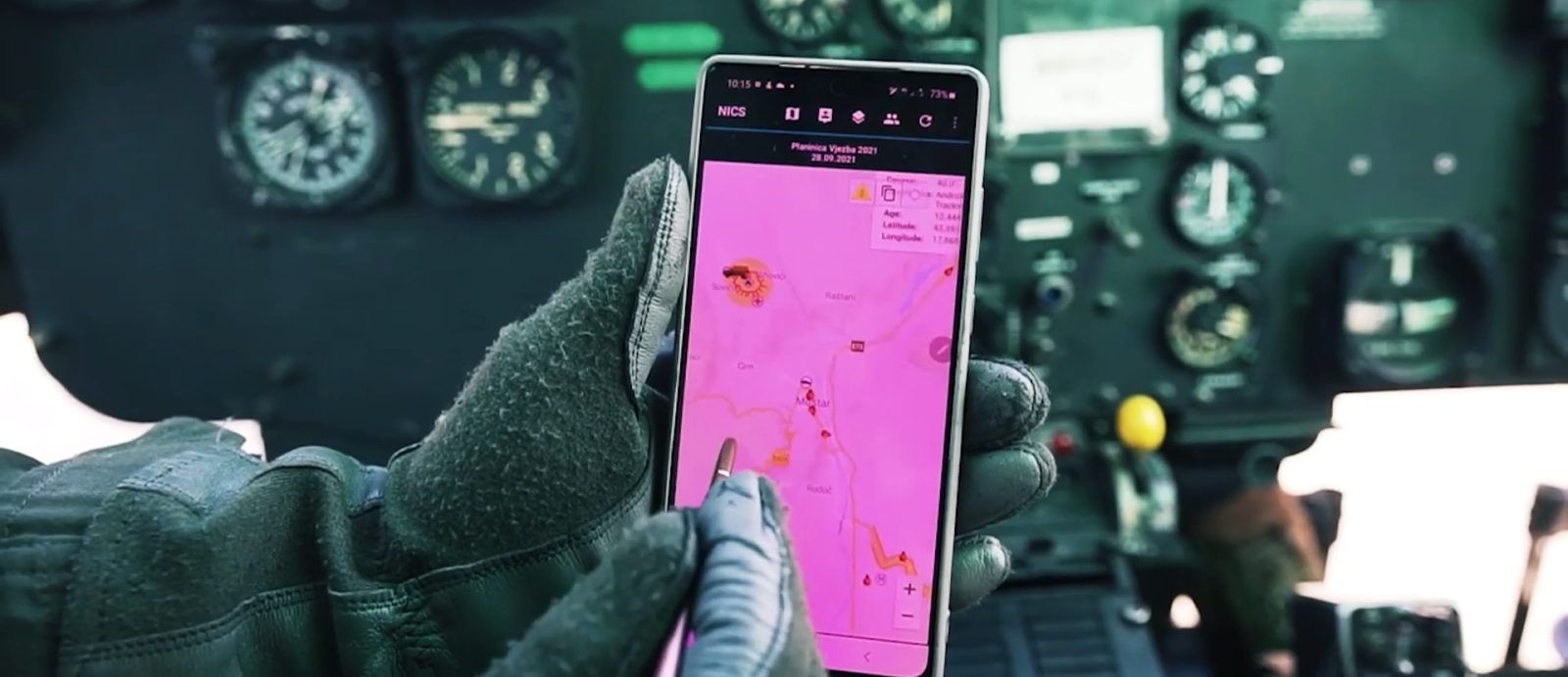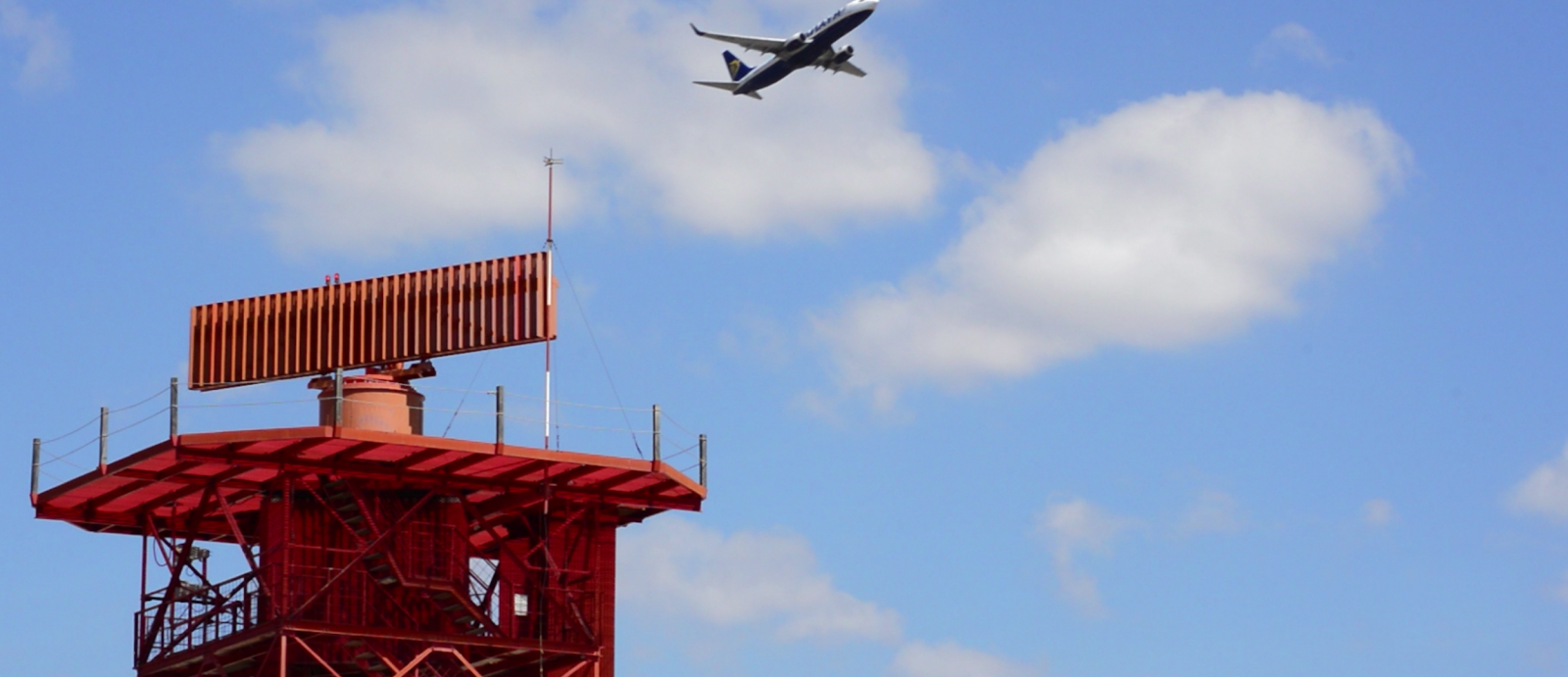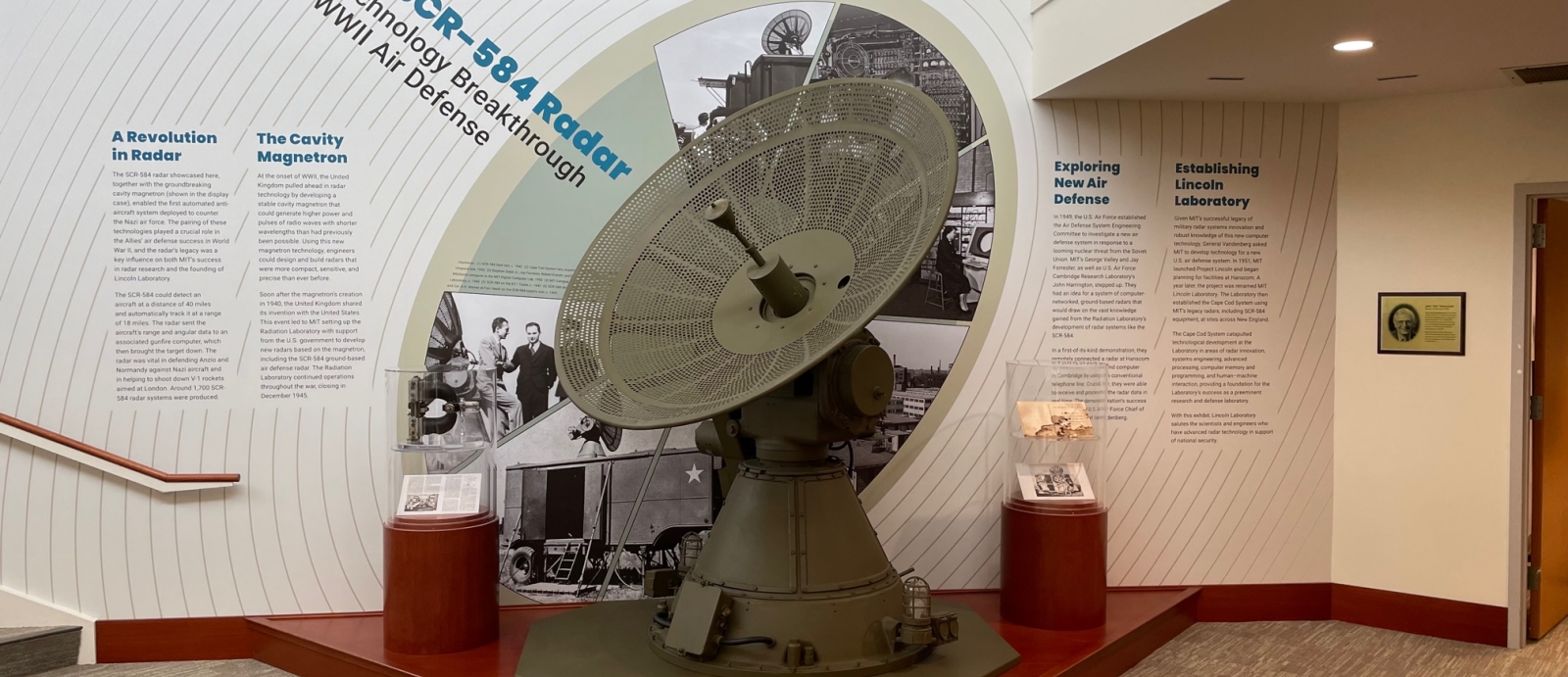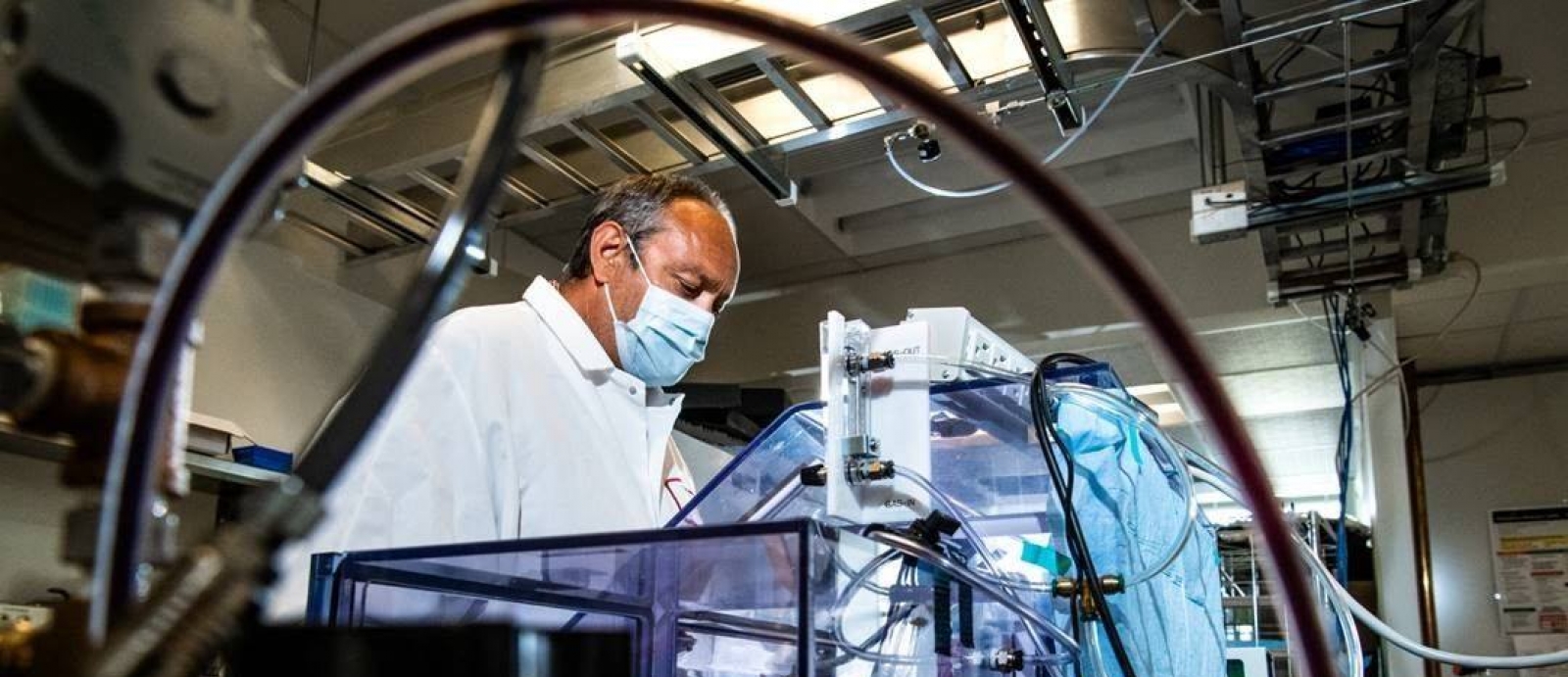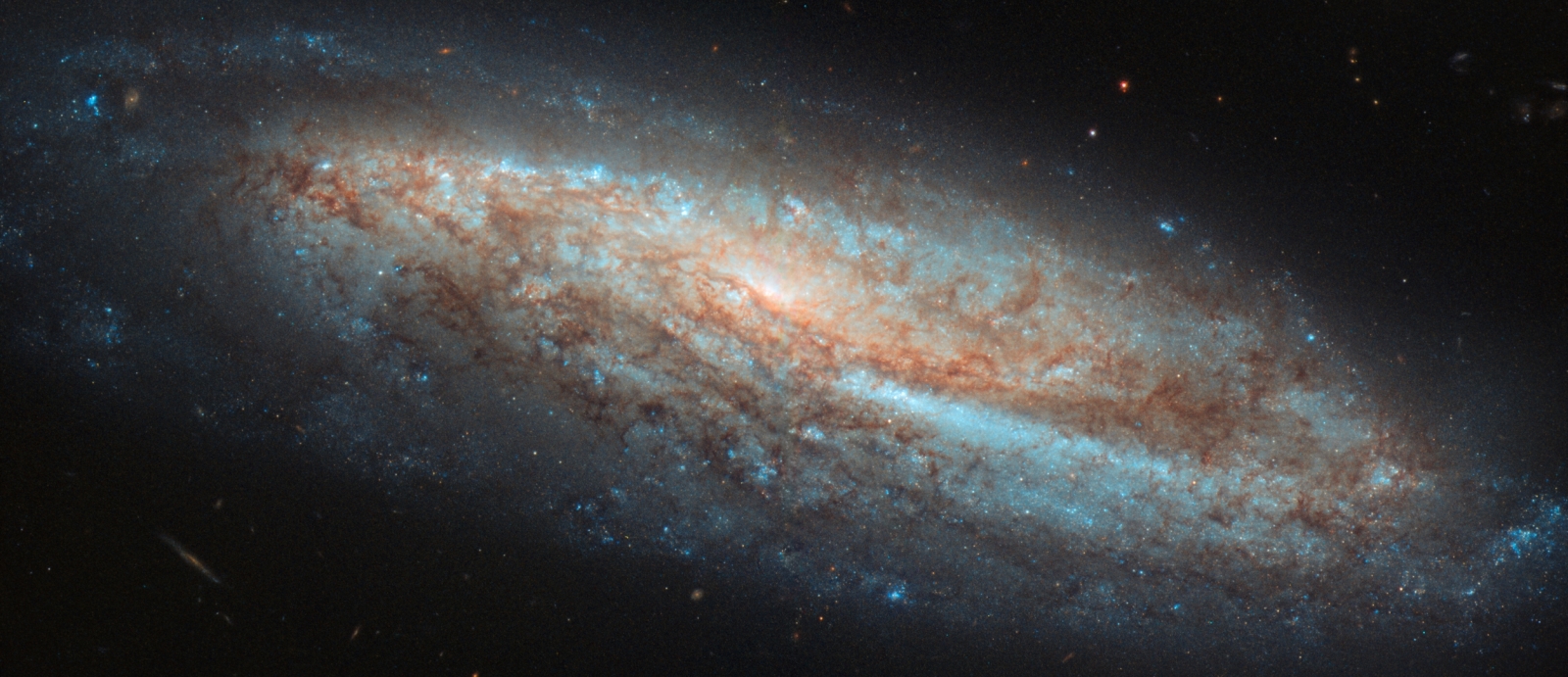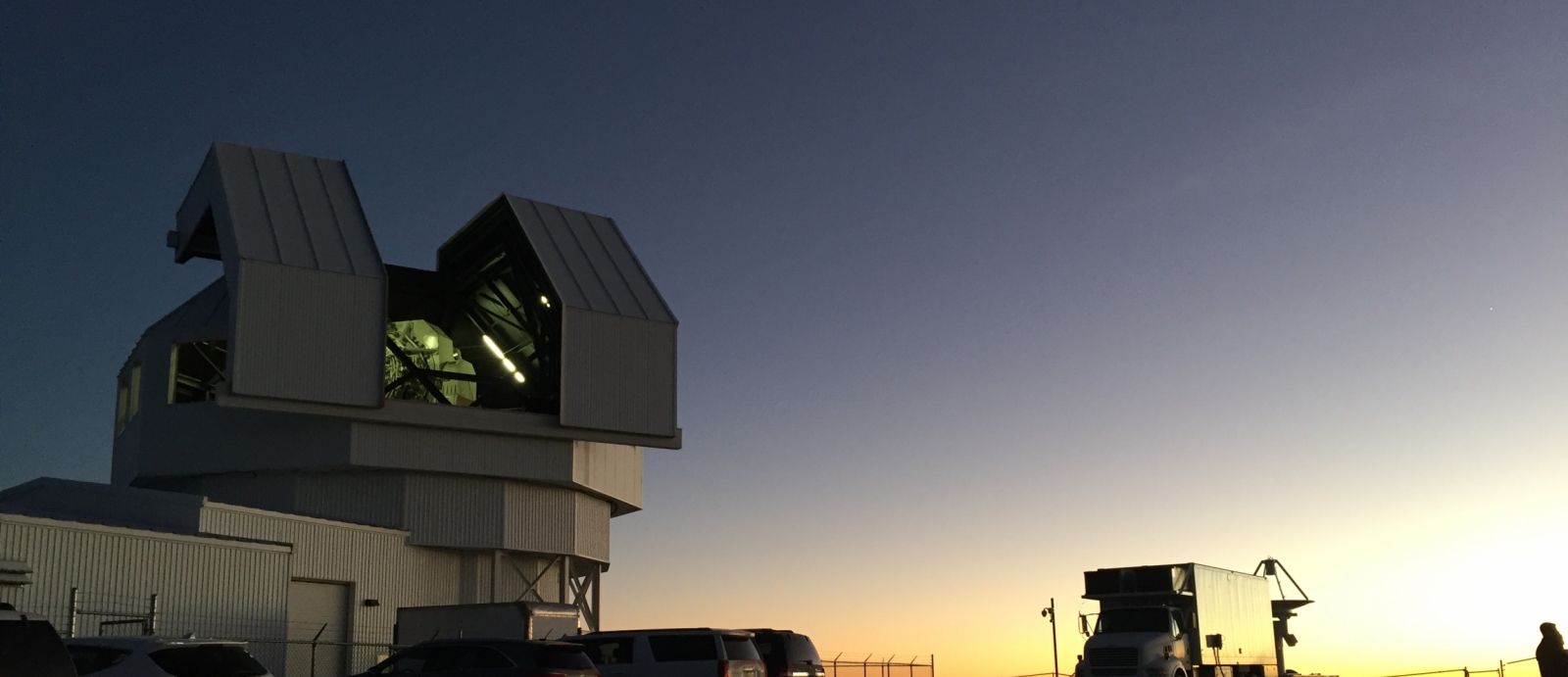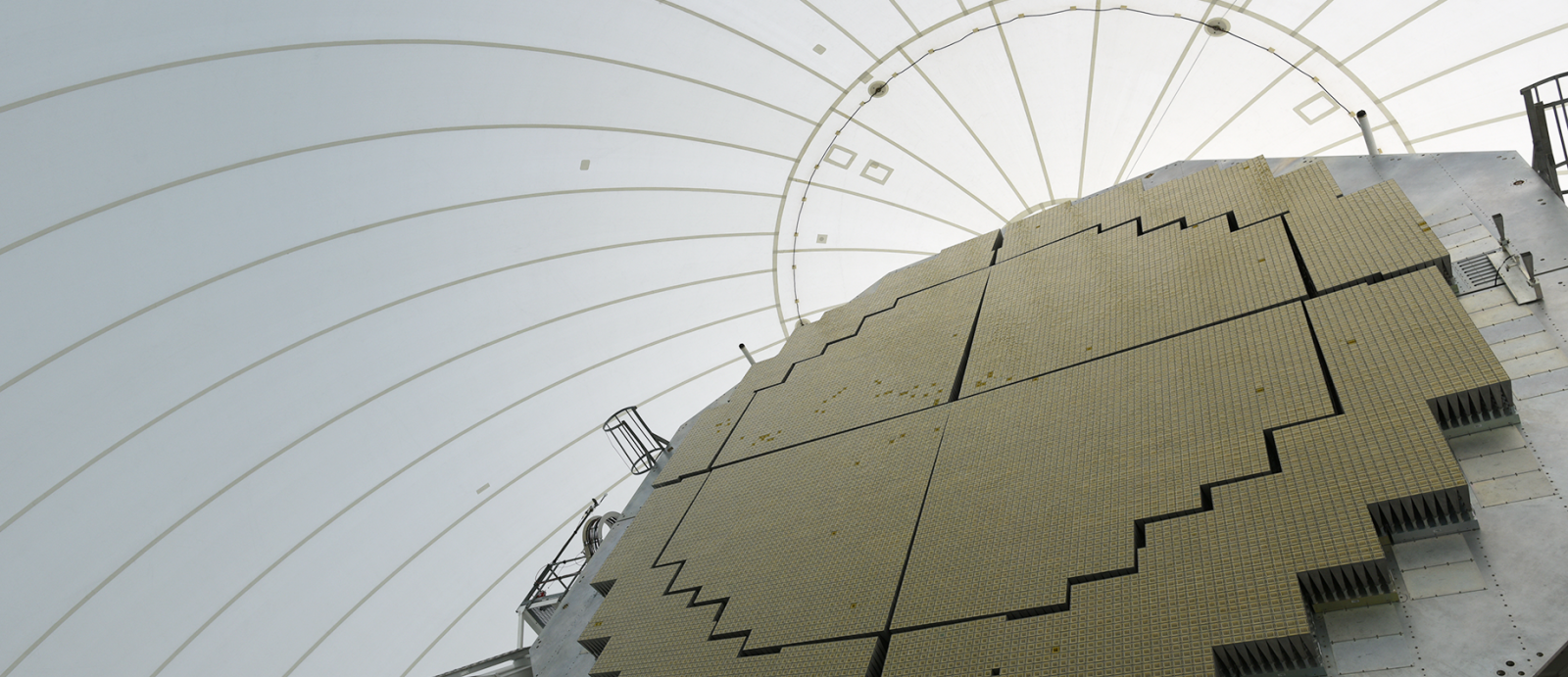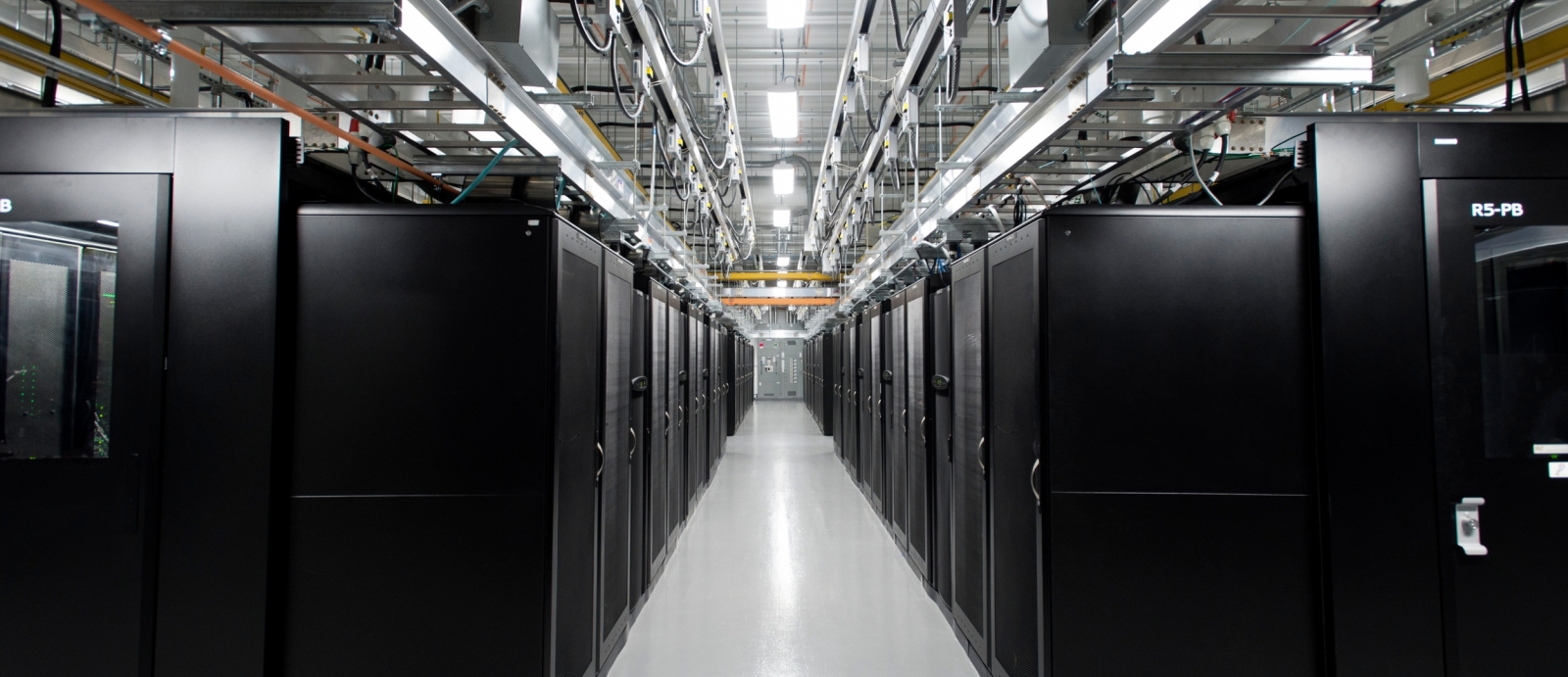Impact
Lincoln Laboratory's innovative, advanced technology has not only been applied to national security problems but has also had significant impact on science, industry, and society. We have developed optics that enable the discovery of phenomena in the universe, invented a 193 nm lithographic technique that is the industry standard today, and created software that is helping emergency agencies plan for disaster responses.
Lincoln Laboratory developed the Next-Generation Incident Command System (NICS) to enable first responders across different jurisdictions, agencies, and countries to effectively coordinate during emergencies of any scale. This web-based information-sharing tool was originally intended to help U.S. firefighters respond to wildfires. NICS has since evolved from an R&D prototype into an open-source operational platform adopted by emergency-response agencies worldwide not only for natural disaster response but also search-and-rescue operations, health crises management, public event security, and aviation safety. The global community of users cultivated by NICS and spinouts inspired by NICS have maximized its impact.
As air traffic grew in the 1970s, keeping track of the skies became increasingly difficult. To help clear up the picture, Lincoln Laboratory devised a new radar system, called Mode S, that could allow air traffic controllers to pinpoint the position of specific aircraft. Now, practically every passenger jet in the world is equipped with Mode S, ensuring safety and efficiency in our modern age of air travel.
The pioneering WWII-era SCR-584 radar developed at the MIT Radiation Laboratory in the 1940s was put to use in Lincoln Laboratory's mid-1950s tests of the prototype SAGE air defense system developed for the U.S. Air Force.
In 2020, the novel coronavirus disease, COVID-19, spread globally. As the outbreak surged in the United States in early spring, government sponsors sought Lincoln Laboratory’s expertise in systems architecture and technology development to meet the unprecedented challenges of the pandemic.
Tracking Infections
Contact tracing is key to controlling the outbreak of an infectious disease. MIT Campus, Massachusetts General Hospital, and Lincoln Laboratory led the development of a framework called Private Automated Contact Tracing (PACT) that augments the manual tracing efforts of public health officials. The framework relies on short-range, anonymized Bluetooth signals emitted by and picked up by smartphones. People who test positive for COVID-19 can upload the signals their phone emitted in the past 14 days to a database, and other people can scan the database to see if any of those signals match the ones picked up by their phones. If there’s a match, a notification will inform those who may have been exposed to the virus.
Soon after PACT's development, Apple and Google integrated a similar framework into their jointly created Exposure Notification System. The system has been enabled on millions of smartphones worldwide and has resulted in hundreds of thousands of exposure notifications. It has also been integrated into official contact tracing efforts in several states, including Pennsylvania, California, Virginia, New York, and New Jersey, and in Washington D.C.
Soon after PACT's development, Apple and Google integrated a similar framework into their jointly created Exposure Notification System. The system has been enabled on millions of smartphones worldwide and has resulted in hundreds of thousands of exposure notifications. It has also been integrated into official contact tracing efforts in several states, including Pennsylvania, California, Virginia, New York, and New Jersey, and in Washington D.C.
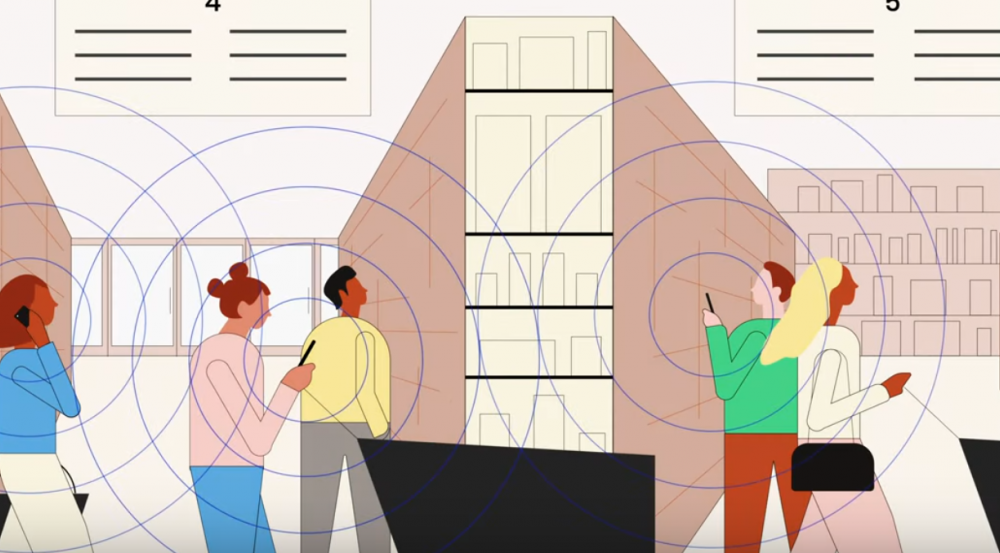
An MIT team has developed an automated, smartphone-assisted approach to effective contact tracing while preserving privacy.
The longest continuously operating satellite in U.S. history, the Lincoln Experimental Satellite–9, pioneered techniques used in generations of satellite communications systems.
Communication technology still looks to a 60-year-old mathematical solution for mitigating errors in digital transmissions.
Reed-Solomon codes enabled important technologies
This animation highlights some of the satellite systems and commercial products that rely on Reed-Solomon codes to transmit digital data effectively. Animation: Bryan Mastergeorge. Images of Voyager and the Hubble Telescope are courtesy of NASA.
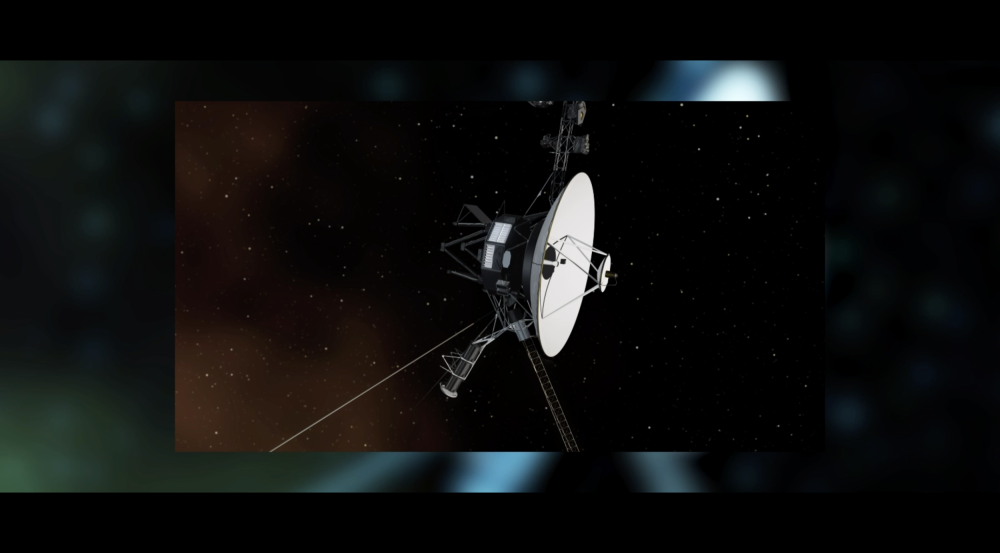
The animation shows technology that the Reed-Solomon codes have enabled: the Voyager spacecraft, DVDs, the Lincoln Experimental Satellite (LES-6), QR codes, and the Hubble Space Telescope.
Revolutionary enabling technologies are paving the way to NASA's dreams for missions that send scientific data from distances as far away as Mars at incredible speeds that make possible receipt of huge volumes of data and even near-real-time data analysis.
LINEAR, the Lincoln Near-Earth Asteroid Research, program is expanding astronomers' knowledge about the population of asteroids and comets in our solar system.
Track an asteroid detection
These two animated, time-stamped images, first one from July 2016 and second one from October 2016, show typical asteroid detections with the Space Surveillance Telescope.


Lincoln Laboratory deployed tools and teams that helped emergency agencies plan evacuations, monitor weather, provide clean water, and assess the damage wrought by hurricanes Harvey, Irma, and Maria.
Through the Lincoln Laboratory Supercomputing Center (LLSC), researchers are tapping into New England's most powerful supercomputer from their desktops. They're using it to run large-scale simulations, prototype algorithms, and conduct data analysis tasks that, because of their size and complexity, require thousands of parallel processors. And they're doing it all on a system that runs 100 percent carbon free.
Learn how supercomputing is moving R&D forward
The one-petaflop system at the Lincoln Laboratory Supercomputing Center is furthering research in autonomous systems, device physics, and machine learning.

The LLSC houses the TX-Green supercomputer, a computing cluster comprising 41,472 Intel advanced processor cores.
